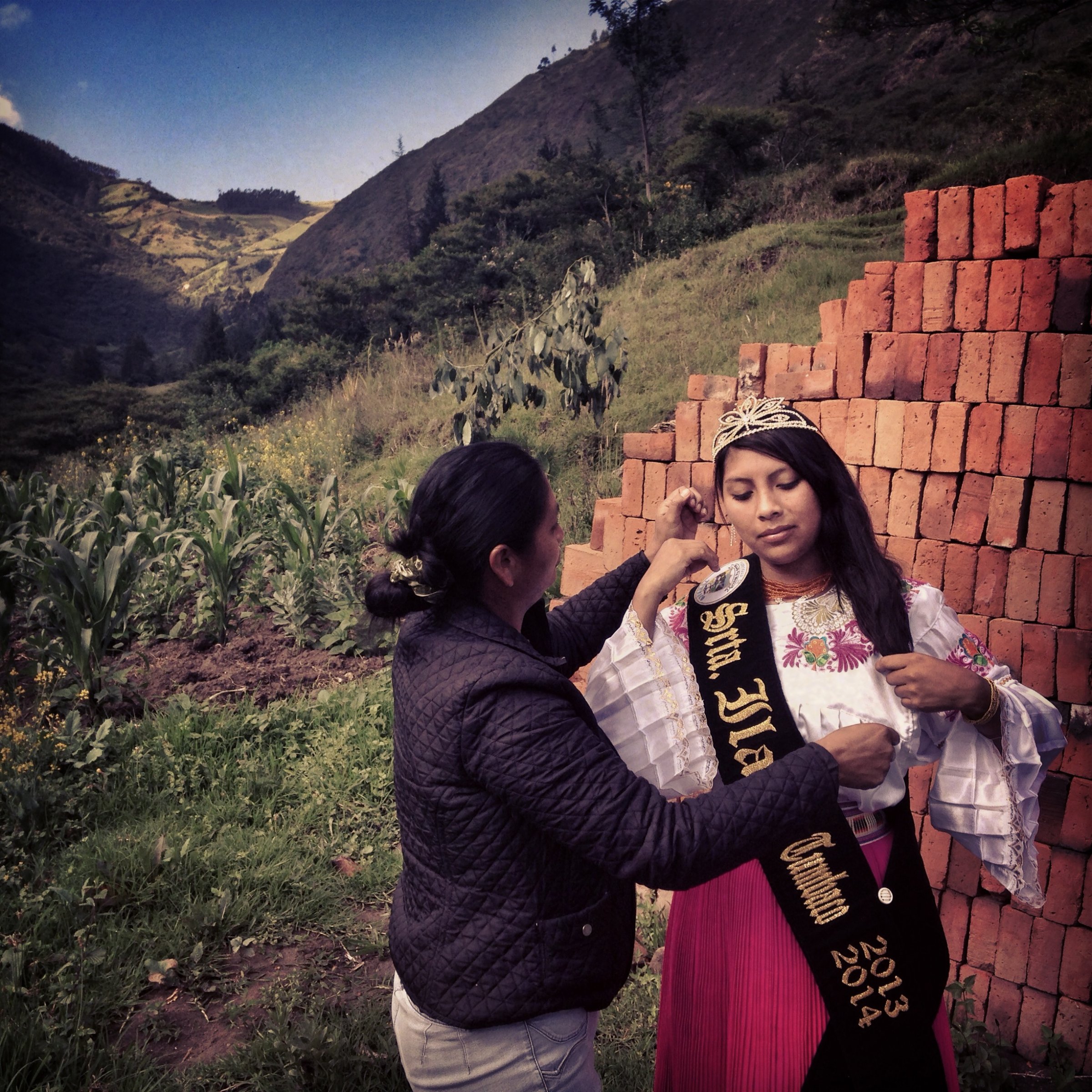
Welcome to this week’s edition of TIME’s LightBox Follow Friday, a series where we feature the work of photographers who are using Instagram in new and engaging ways. Each week we will introduce you to the person behind the feed through his or her pictures and share an interview with the photographer.
This week on #LightBoxFF, TIME spoke with Ivan Kashinsky (@ivankphoto), a freelance photographer based in Quito, Ecuador, whose work has been featured in TIME, Smithsonian and National Geographic. Kashinsky is also a member of Panos and co-founder of the Runa photo collective.
LightBox: How are you using Instagram now, and how has it become a part of your professional practice/workflow? Are you taking photos with your phone, are you uploading images you’ve taken with your camera, or both?
Ivan Kashinsky: I use Instagram everyday. It has become a part of my identity as a photographer and has allowed me to try something new. At first it was more of a playful experiment, but then it grew into something serious, something much bigger than I could have imagined. Through Instagram my photography can be viewed by thousands of people around the globe; it’s my ticket to get my personal vision out into the world. I only use phone photos on Instagram. I have enjoyed the freedom of letting go of that giant weight from time to time. It’s almost like I’m floating in comparison to when I’m using my DSLR. If I see a scene, a character, or a detail that speaks to me, I can reach into my pocket and start making images.
Kashinsky’s first Instagram post in the #projectmibarrio series, taken Jun. 18, 2013
LightBox: What is the purpose of your feed? What does Instagram provide for you, professionally and creatively, that other platforms don’t?
IK: Recently, my feed has become a place where I can tell a story. I call it “Project Mi Barrio.” About 10 months ago, I started documenting my neighborhood and the surrounding area with my phone. As superhighways, malls and fast food joints came crashing in, I began to wonder if the “Old Ecuador” and its traditions would survive. I’m witnessing the collision of hundreds of years of ancestral customs with full-blown modernity, and the mix is fascinating. You can find these two polar opposites living together, inside the same house, or even inside the same person. When I started seriously working on PMB, I began shooting with the same intensity and mindset that I have when tackling a project with my DSLR. That’s when my phone photography switched from playful image-making to one of my most important projects. My phone has become the tool to tell this story. I feel like the world is watching.
LightBox: Which post inspired the most audience feedback and engagement? Why do you think that photo got people’s attention, and do you agree with it?
IK: It’s difficult, but I try not to pay too much attention to how many likes or comments a photo gets. Often my favorite and most powerful images have the least amount of likes. So I don’t want the general public to shape how I think when I’m making images. Recently I published a photo of a Jehovah’s Witness trying to convert me in my neighborhood. Jehovah’s Witnesses from all over the world began madly commenting on my feed. For this photo I had 150 comments, when usually there are only 10 or so. I try not to jump in, especially when things get ugly. I like to take photos that may fall out of the realm of what people might consider a successful image. It’s fun to stretch peoples’ minds a bit and try something different.
LightBox: What other outlets did you have for sharing your work before Instagram? Do you find it liberating to be able to produce and distribute work instantaneously?
IK: My work has been published in magazines like National Geographic. I love that process, as well. I had the opportunity to sit down with some of the best photo editors and look through thousand of images. I learned so much while doing that, thinking intensely about what each image in your story says and how it adds to the overall message. Editing 40,000 images down to 10 is quite an exercise in thinking about photography. Instagram is much different. I find that I take fewer photos than when working with the DSLR. Every day I work on a project bit by bit. Sometimes I find myself editing in the bathroom or while waiting in line. It is satisfying to get your work out there fast and publish whatever photo you want, no matter how funky it might be. But both processes are valid and key to my development as a photographer.
Ivan Kashinsky is a freelance photographer based in Quito, Ecuador. Follow him on Instagram @ivankphoto
Krystal Grow is a writer for TIME LightBox
See more from TIME’s #LightBoxFF series here
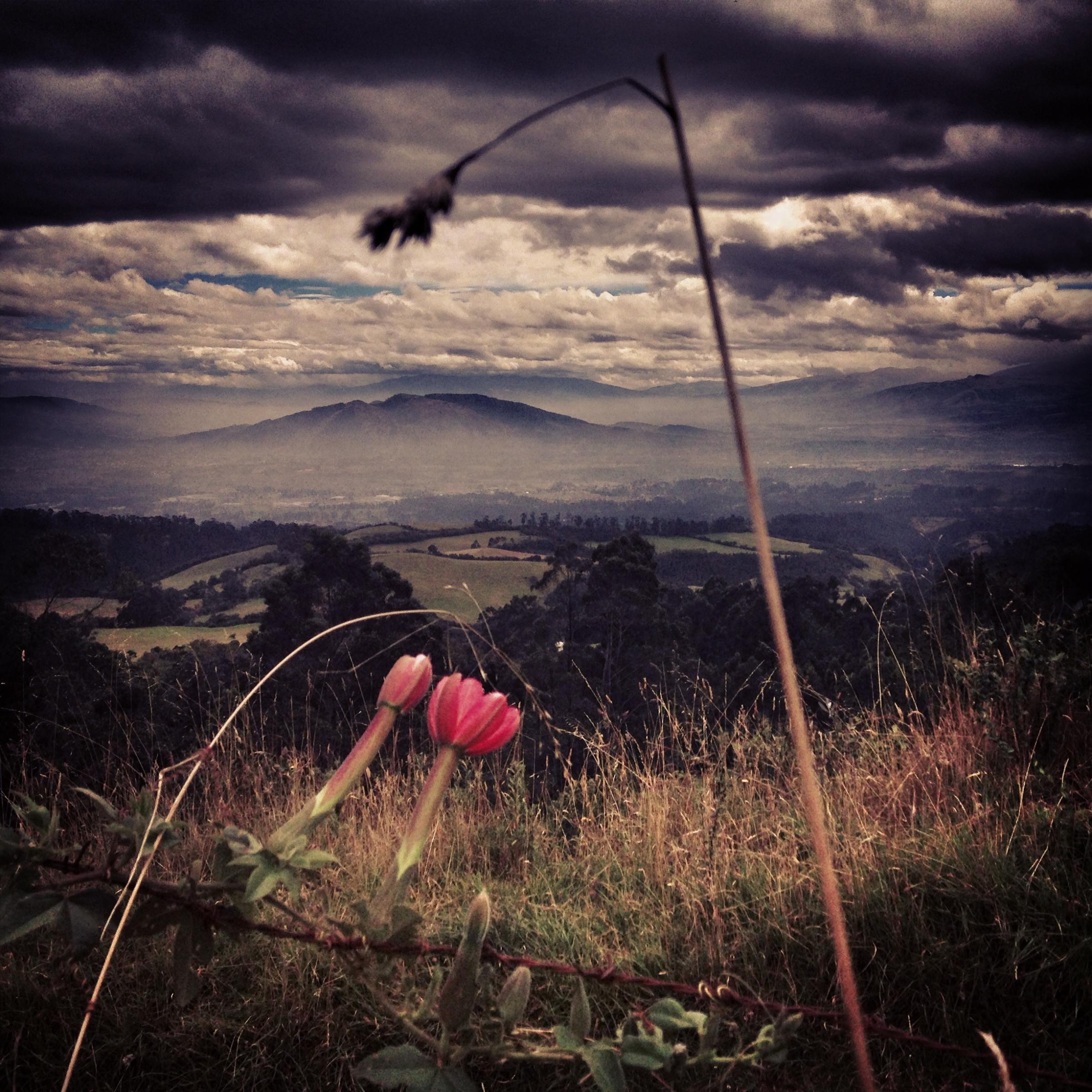
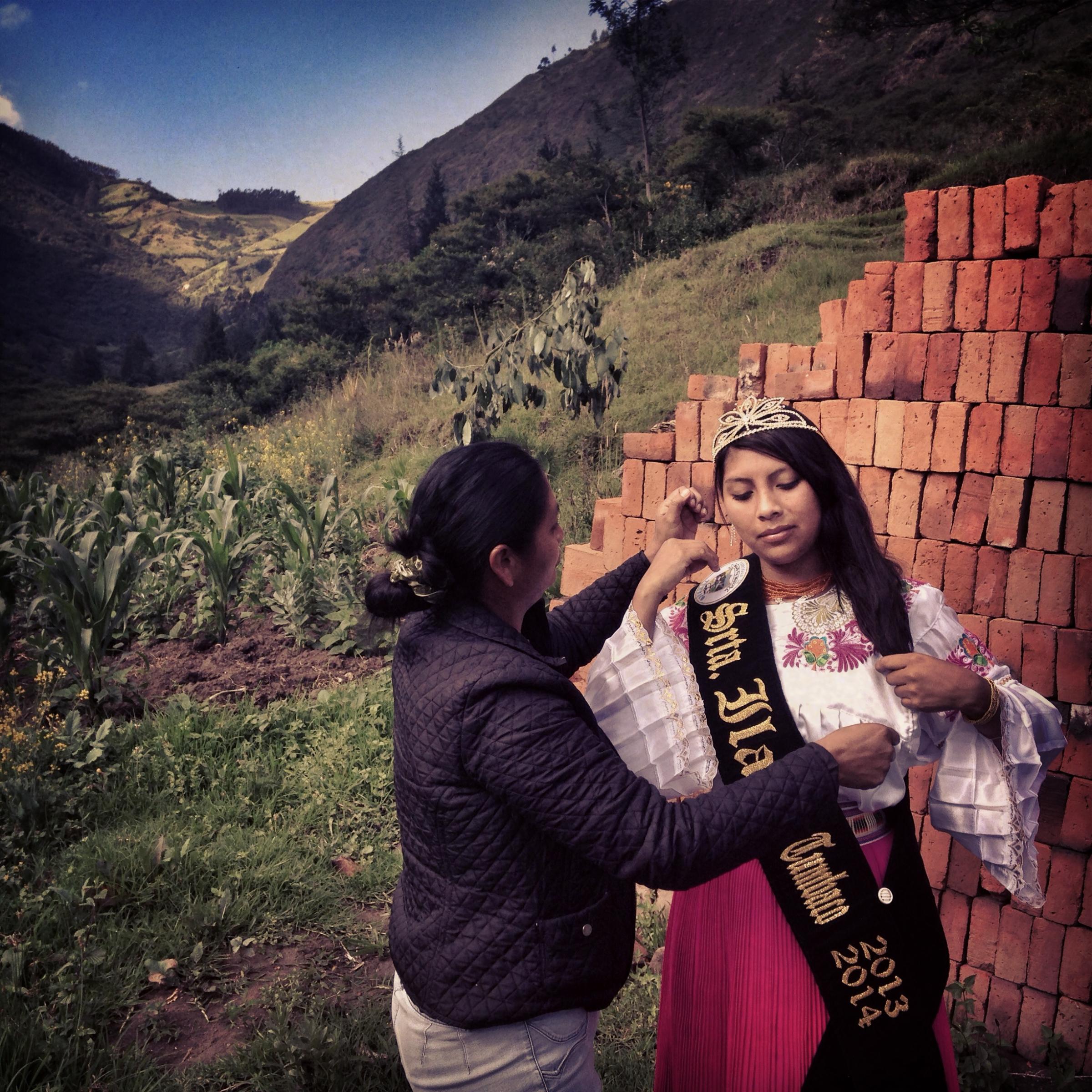
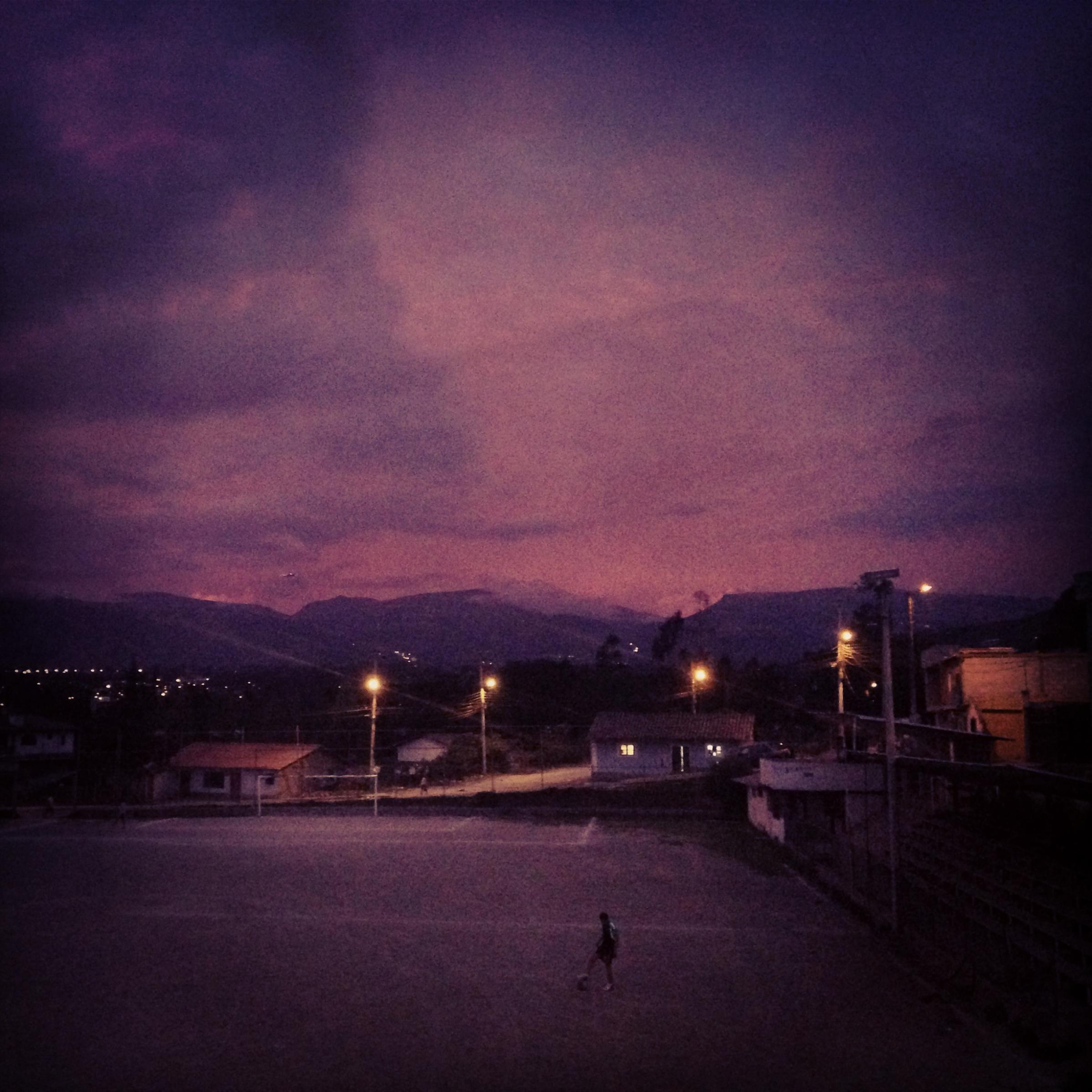
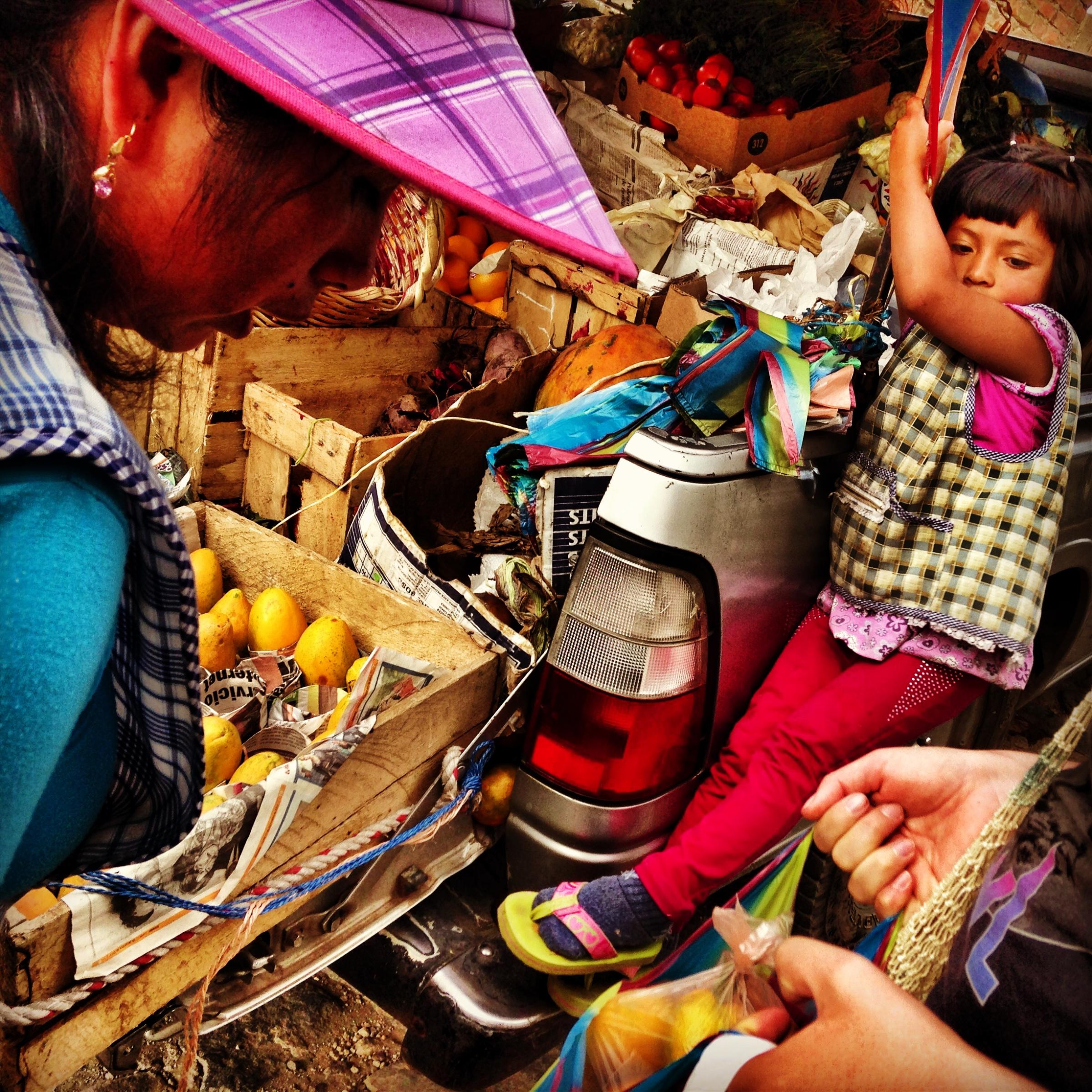
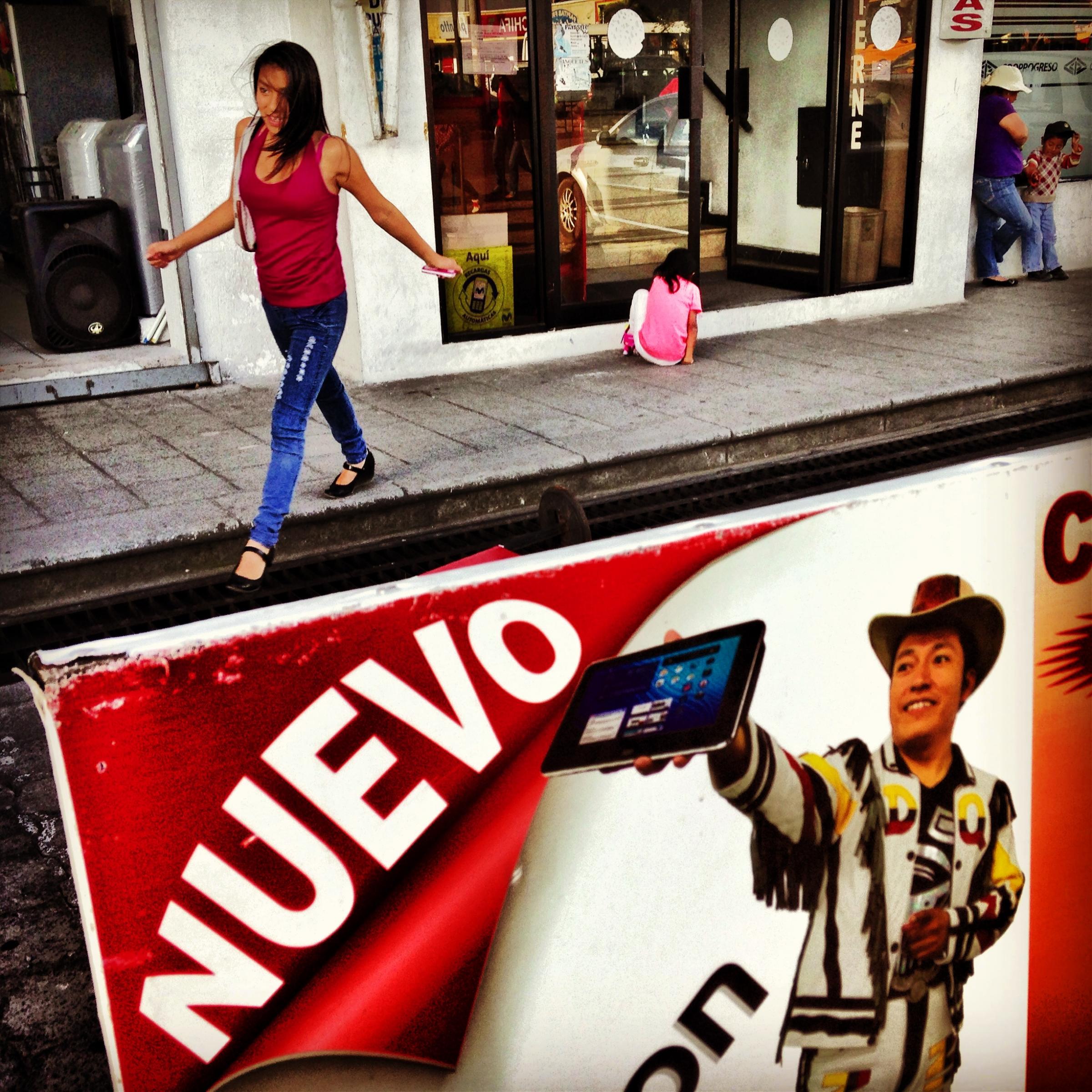
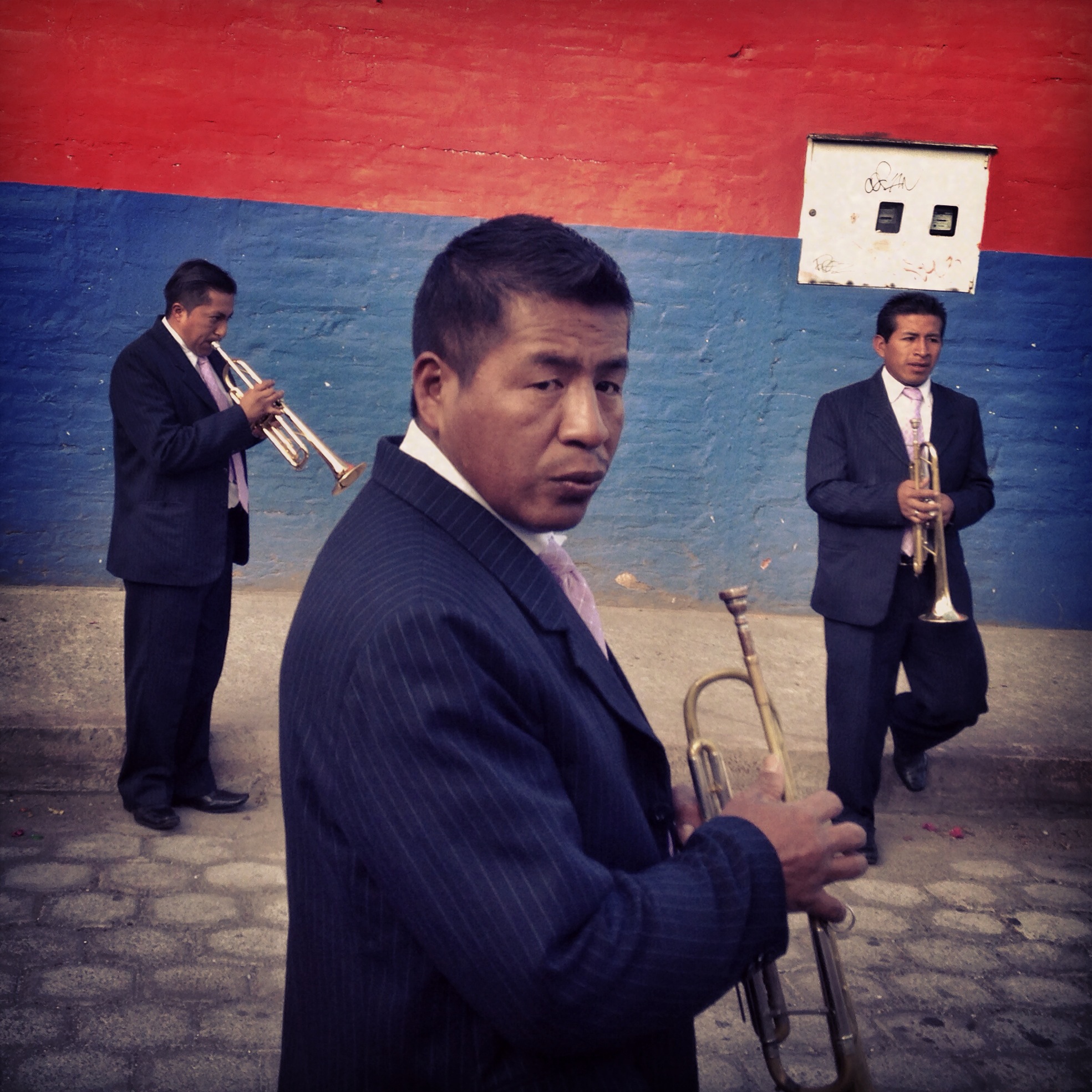
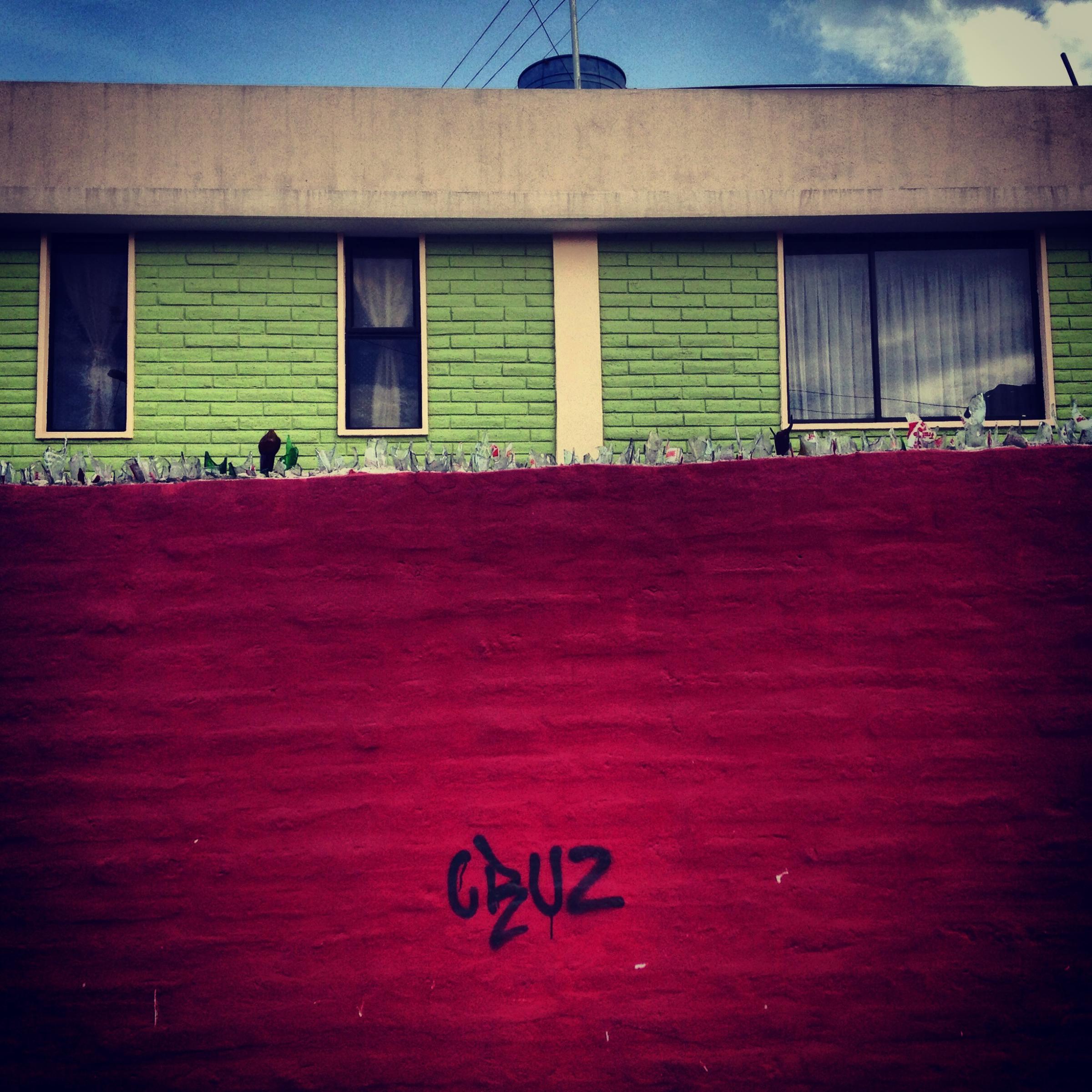
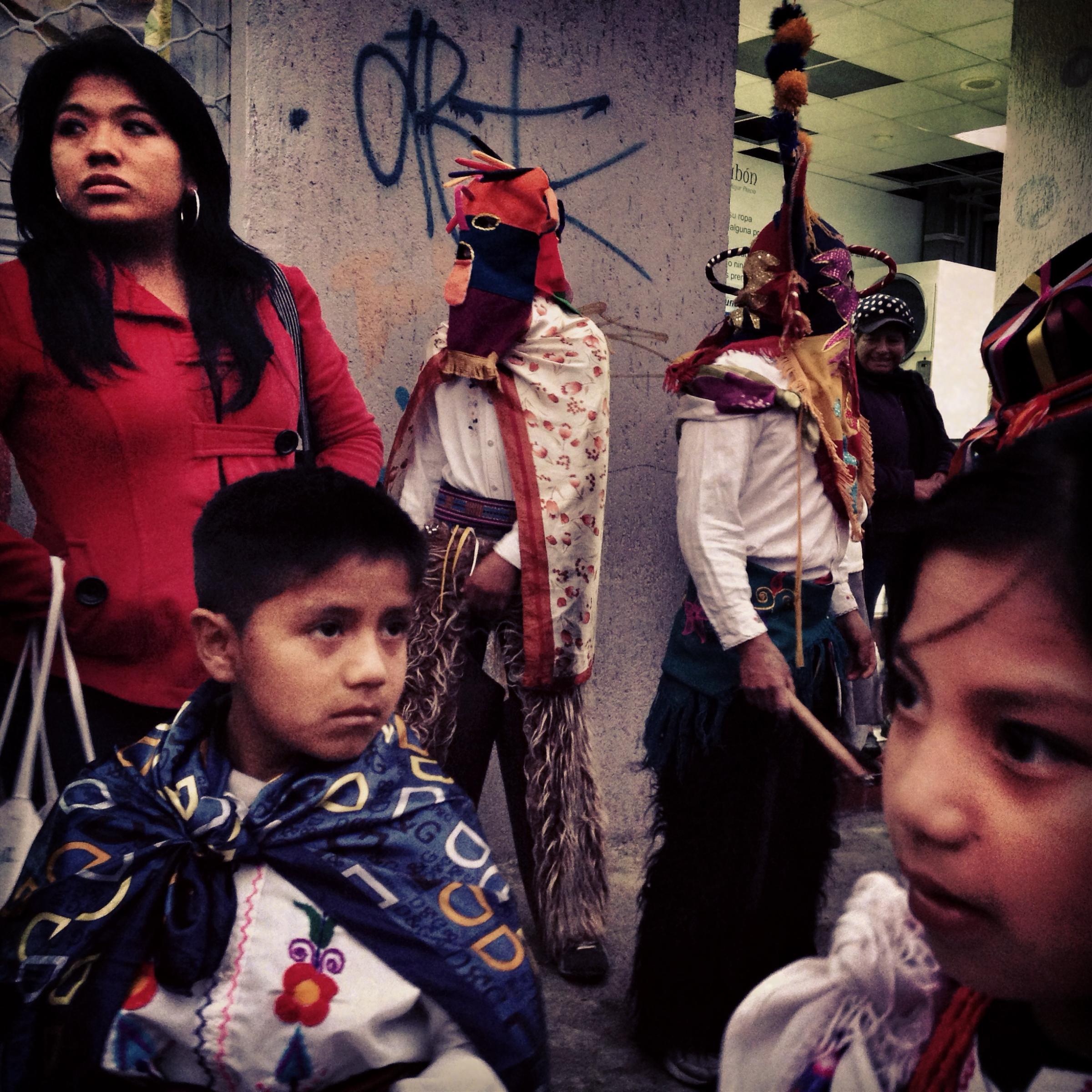
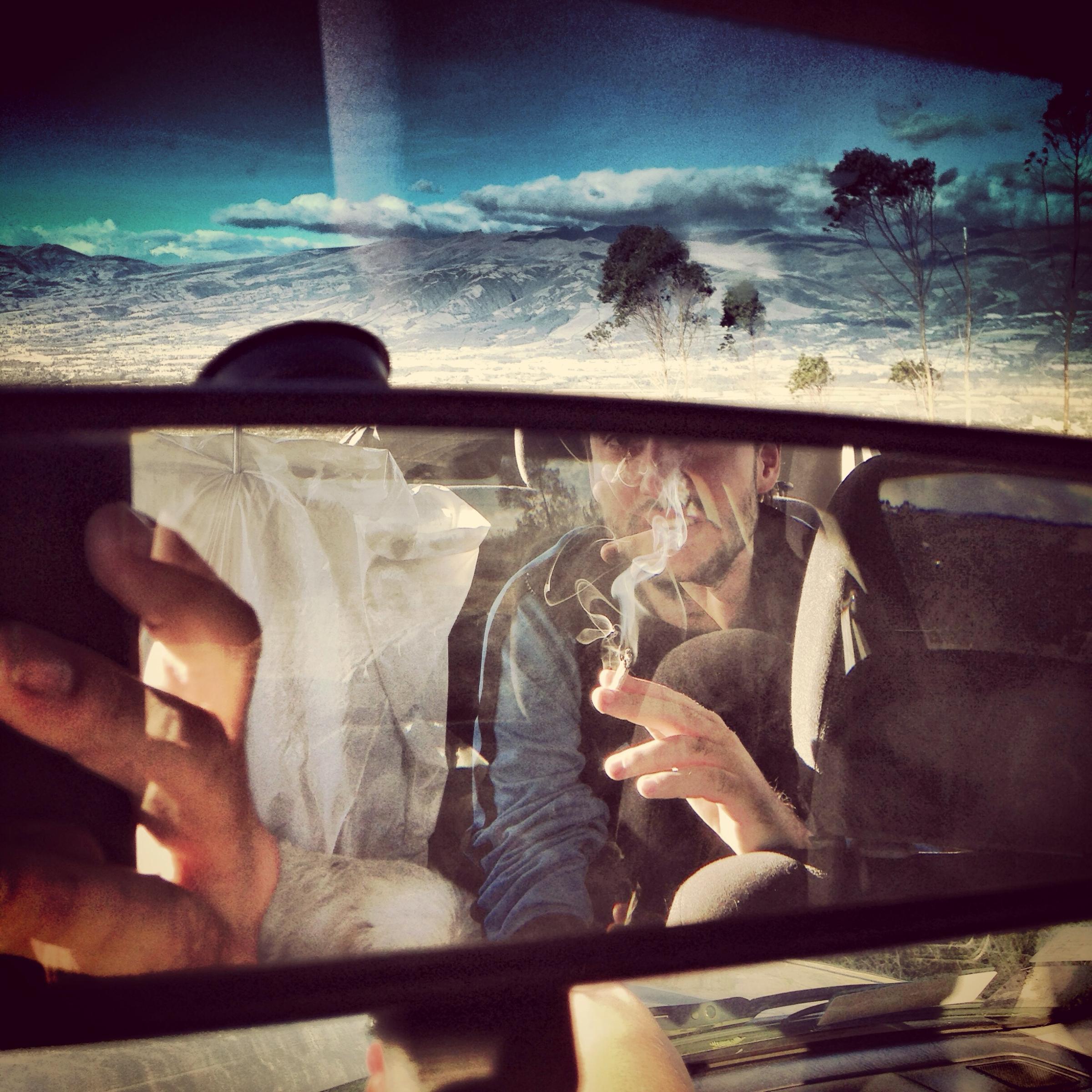
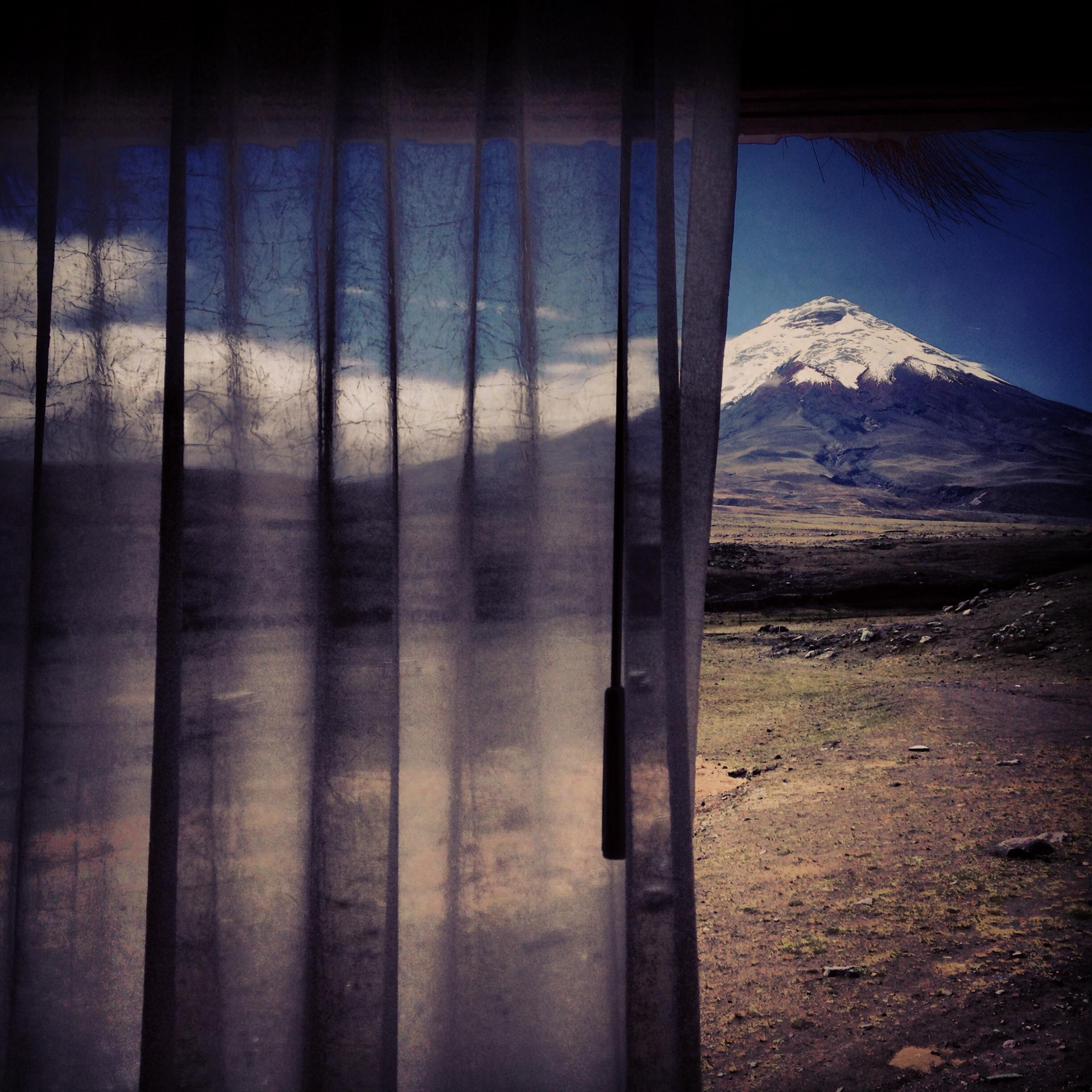
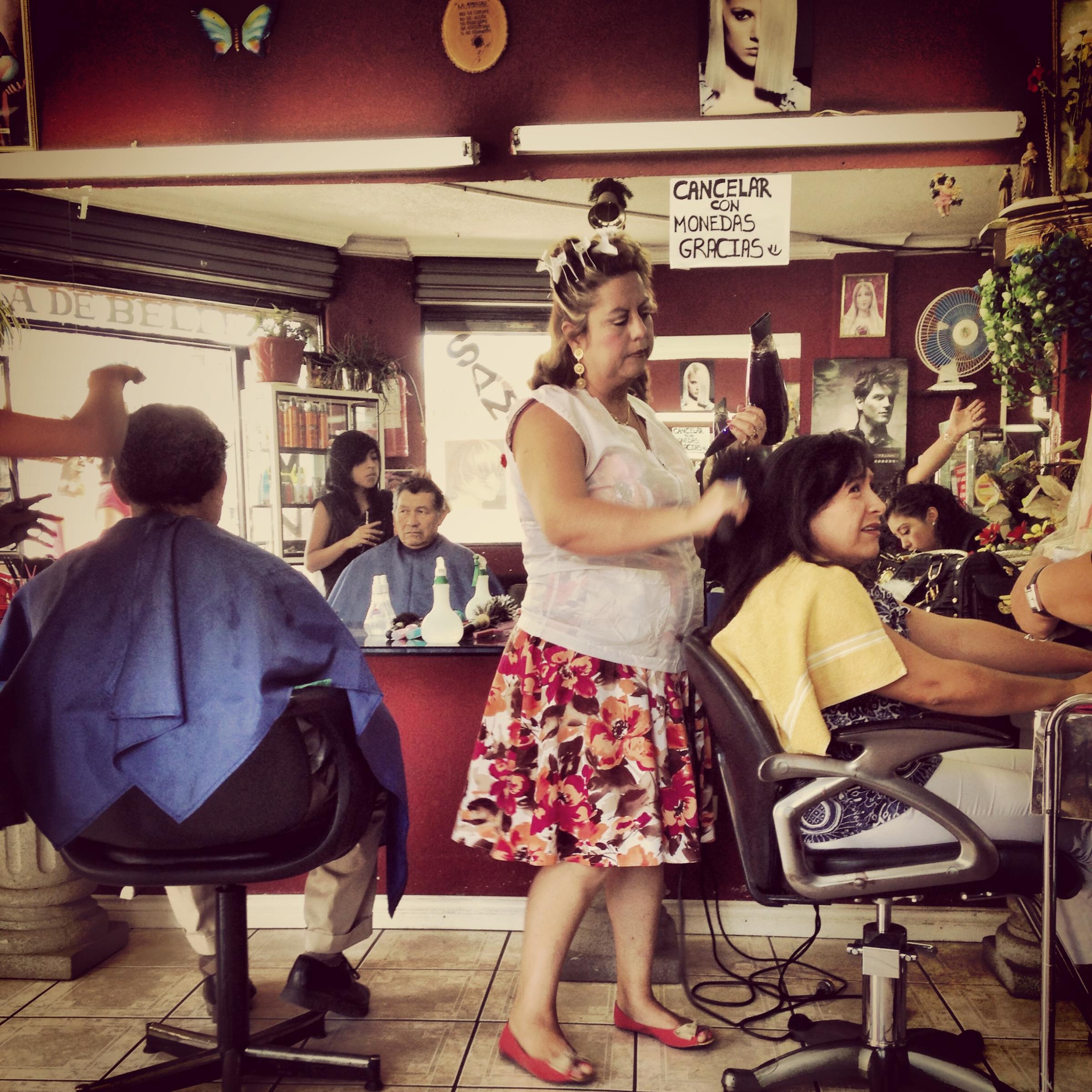
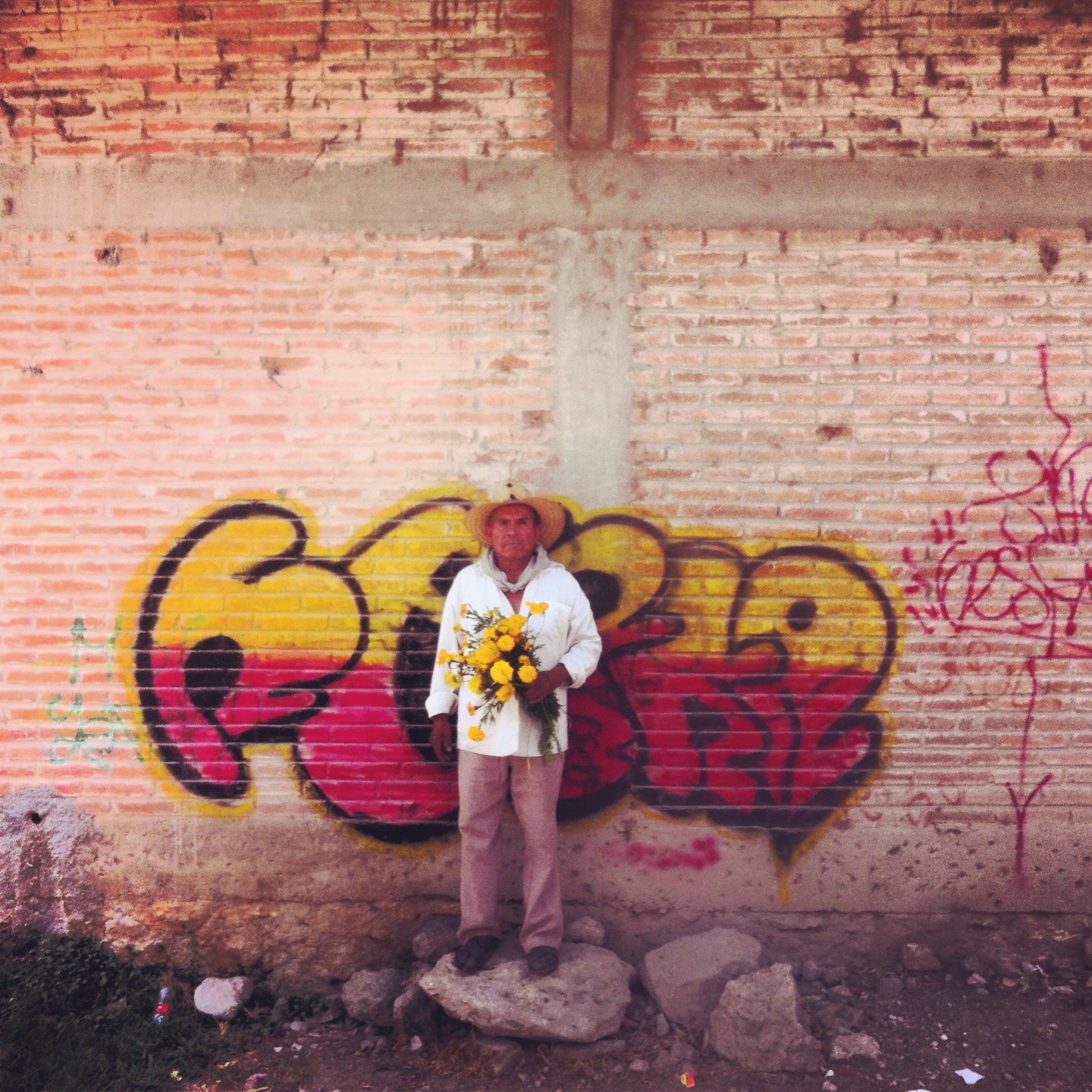
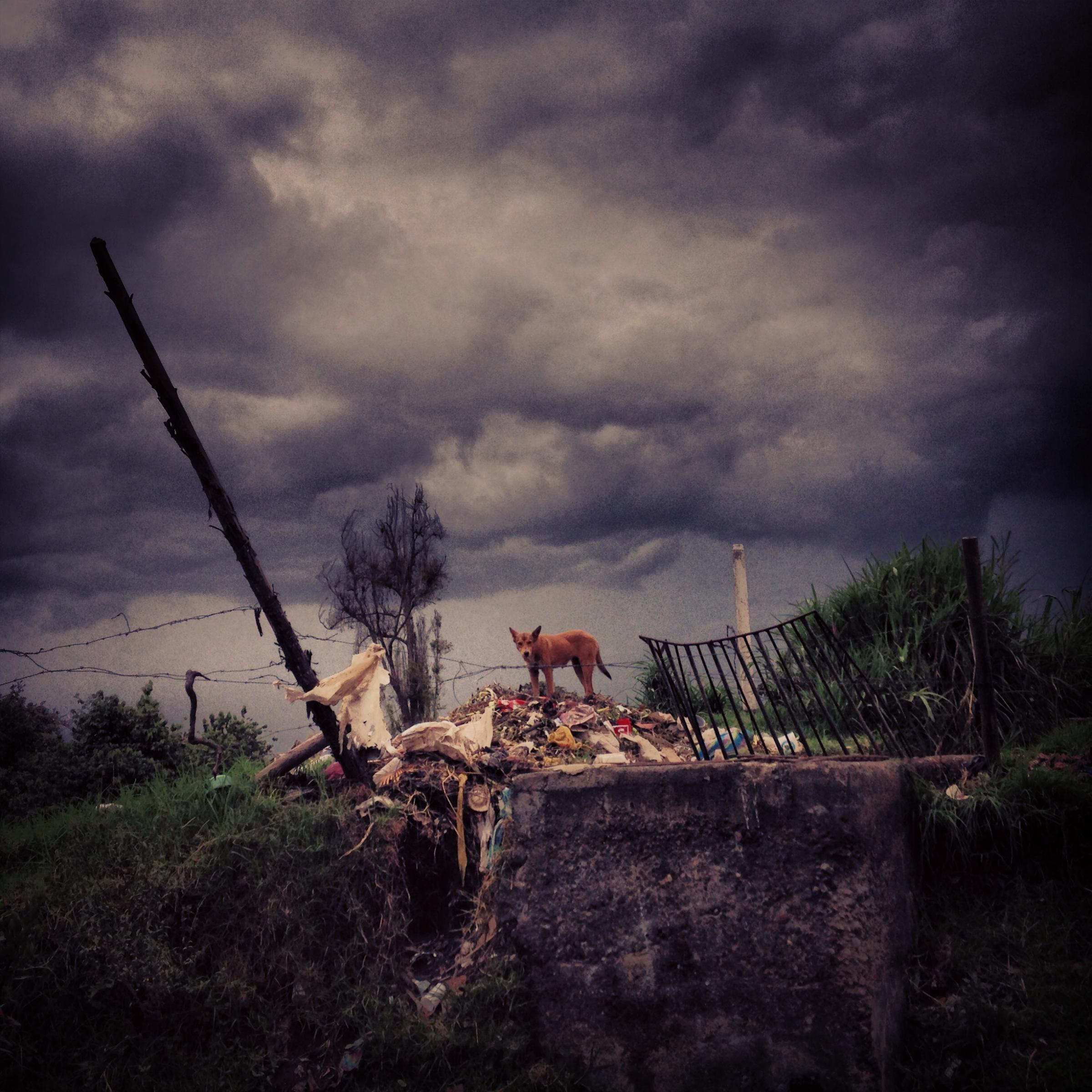
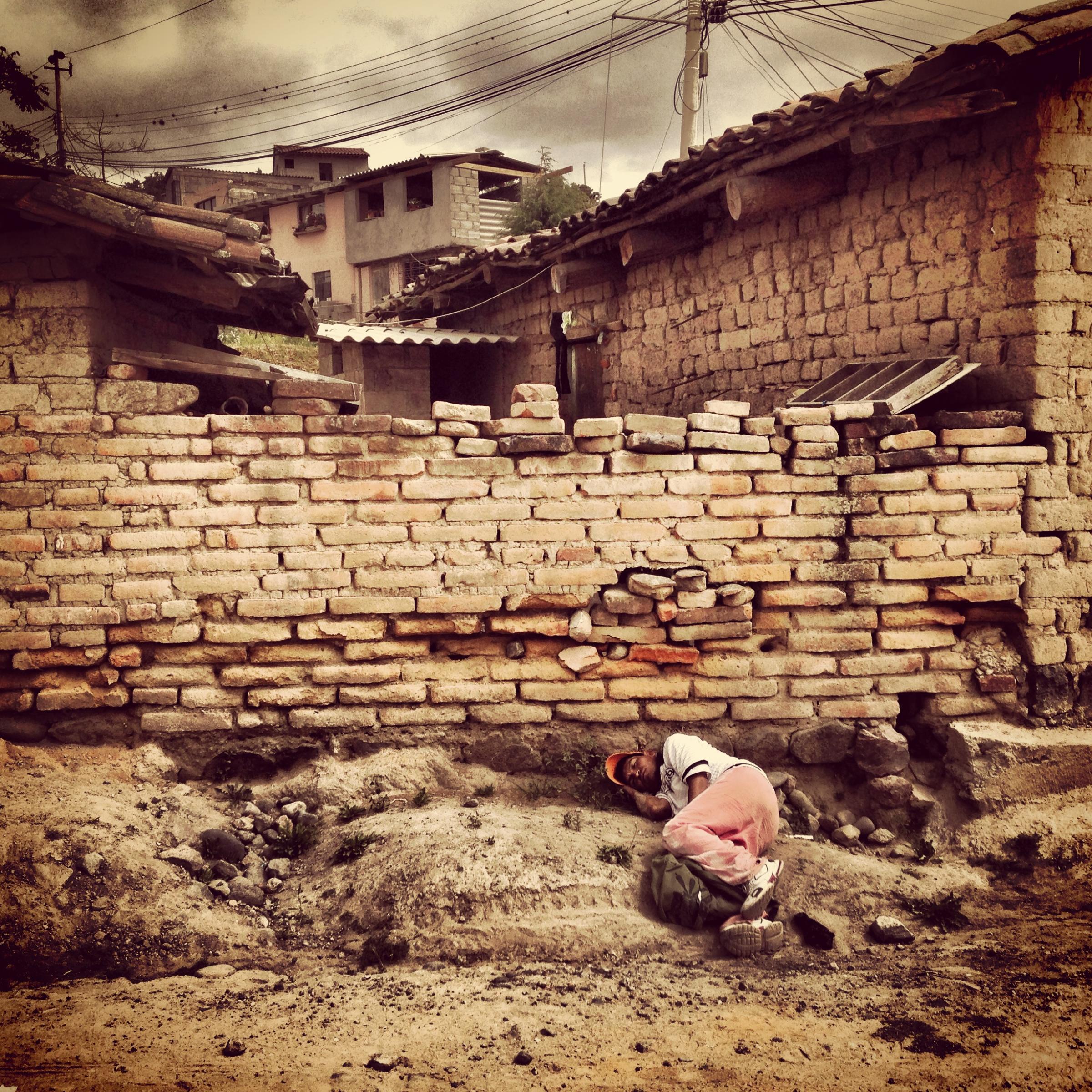
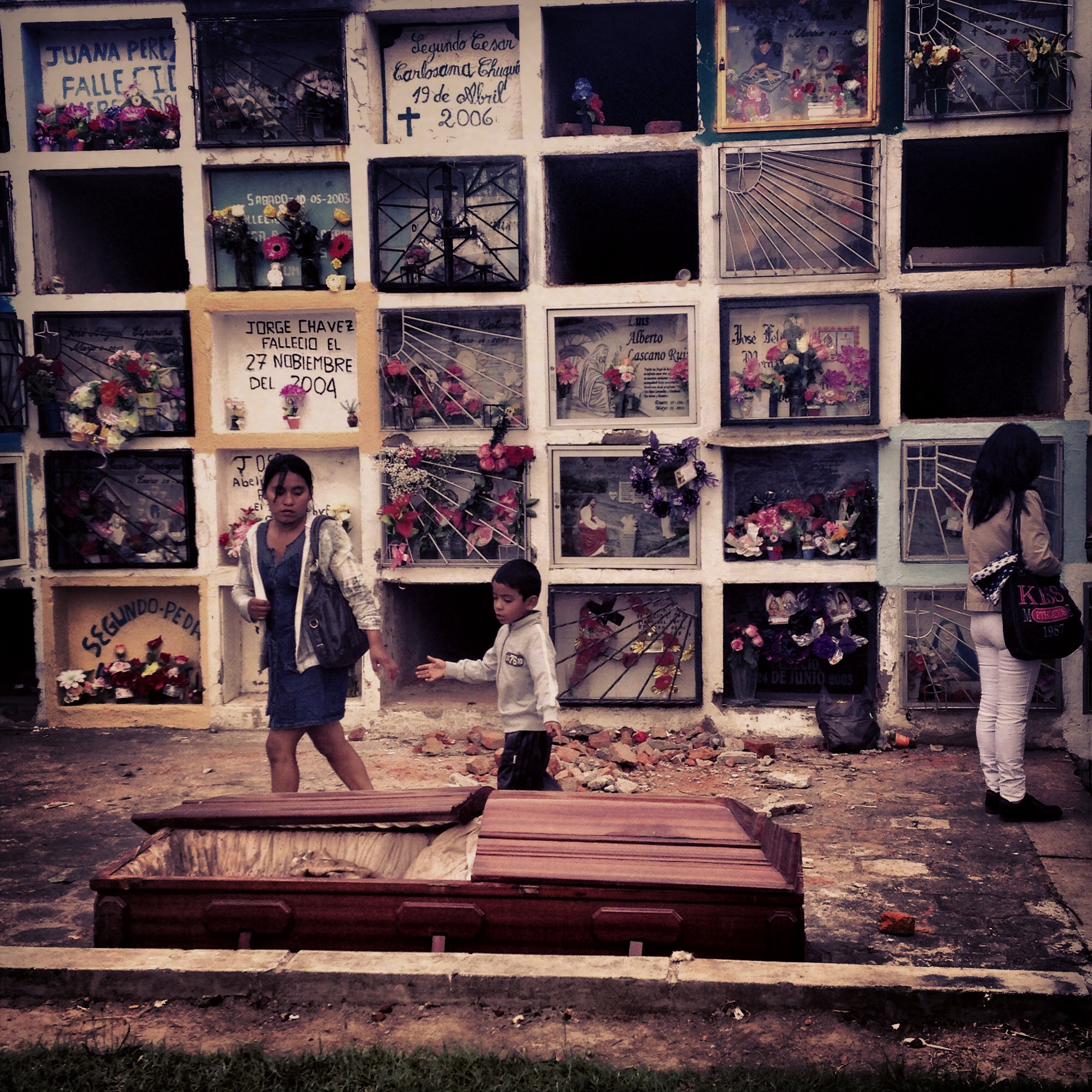
More Must-Reads from TIME
- Donald Trump Is TIME's 2024 Person of the Year
- TIME’s Top 10 Photos of 2024
- Why Gen Z Is Drinking Less
- The Best Movies About Cooking
- Why Is Anxiety Worse at Night?
- A Head-to-Toe Guide to Treating Dry Skin
- Why Street Cats Are Taking Over Urban Neighborhoods
- Column: Jimmy Carter’s Global Legacy Was Moral Clarity
Contact us at letters@time.com